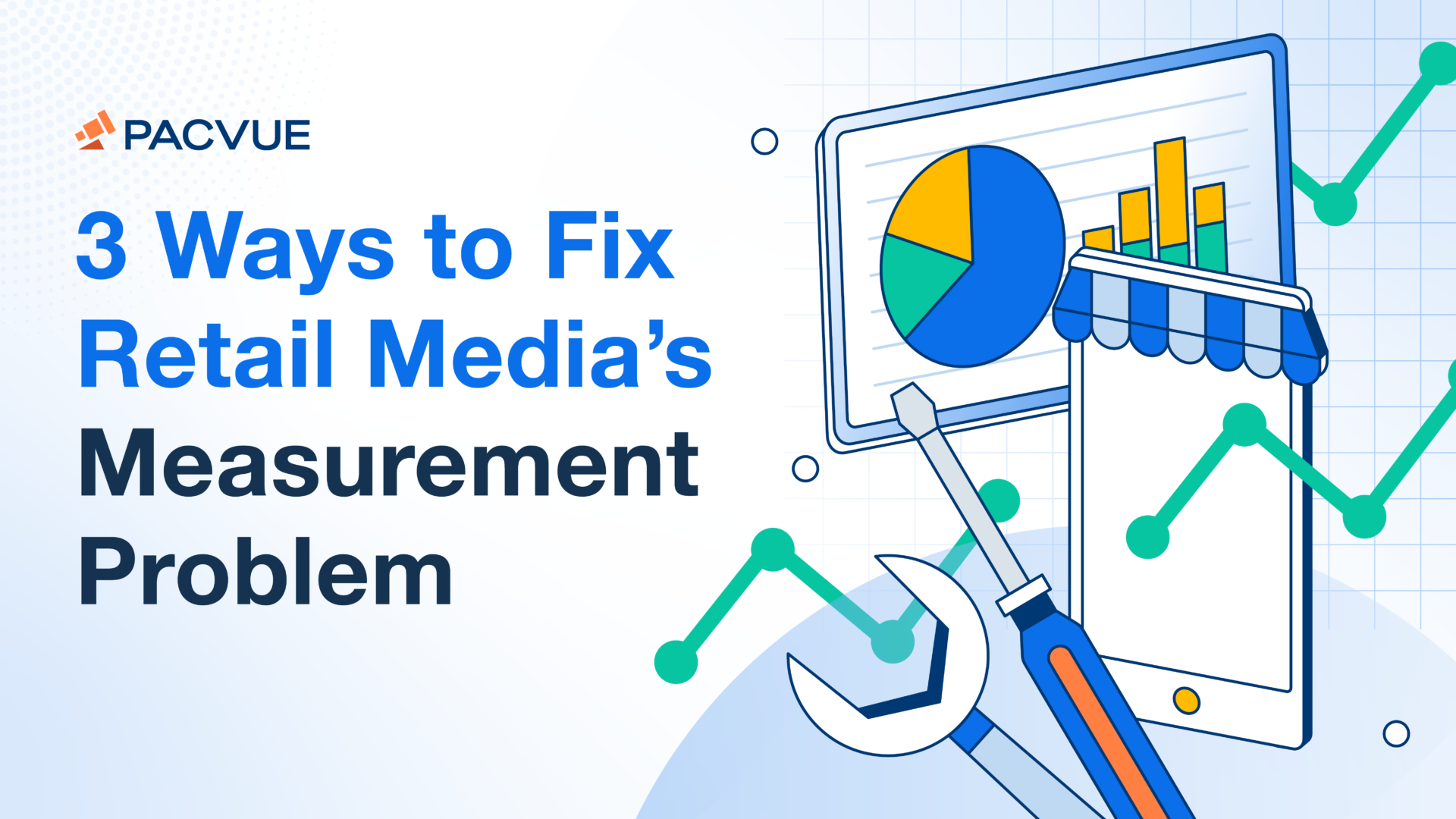Most people in the retail industry have heard the latest catchphrase about data by now: data is the new oil. Sometimes, it’s the new gold or just gold in general, and there’s certainly no question that every organization has to be data-driven. It’s easy to be driven by data, but sometimes it’s hard to see where the road is taking you.
In the world of retail media, data sometimes causes as many headaches as profits. A 2023 survey from the National Association of Advertisers found that more than half of brands are already working with five or more retail media networks and a lack of standardization across retail media networks is a major pain point.
Since every retail media network is a walled garden, it’s inevitable that there are transparency and privacy concerns, since retailers control the ecosystem. However, this skepticism isn’t stopping investment. Retail media is the fastest growing ad channel in the industry.
But it’s also getting expensive. After Prime Day 2024, Pacvue found that CPC rose nearly 8% across the board. Considering Amazon makes up 77% of retail media ad spend, it’s no wonder retail media advertisers are starting to diversify their ad spend to other retail media networks like Walmart, Target, and Best Buy as well as other players such as Home Depot, Instacart, and Chewy.
That’s where the data problems start: each retail media network is different and has no reason to standardize the environment according to another retailer.
Brands and agencies are all too familiar with this data fragmentation crisis in the retail media world. By the time each platform has delivered reports on performance, the campaign might be over. A poorly performing product page, negative ROAS from a retail partner, or just simply bad creative can get overlooked without a cross-retailer view.
So, how can you stop this metrics madness? It starts with taking a step back and looking at all the teams, operations, and platforms involved.

As Deloitte reports, US retailers are getting data, on average, from 28 different sources. Just about two-thirds (62%) have more than 50 systems for customer data. So maybe it’s understandable that just 3% of business leaders think their departments have an acceptable level of data quality.
Forget about bad data. This is more like data overload: it’s collected, but you’re the one working for it. So how can you make it work for you?
We believe that the answer is simple: connect your entire marketplace and collect commerce data at a single source of truth that goes beyond the walled gardens and different reporting structures of different partners.
By connecting each point solution, the right commerce media platform can optimize media plans based on end-to-end performance that goes beyond a single retailer, automate bidding and tactics based on the data signals across the commerce media stack, and help you visualize results based not just on ad metrics or a single retailer but the business performance itself.
Want to fix your data problems and make your data work harder for you?
Take Pacvue’s Free Retail Media Measurement Audit to get started!













